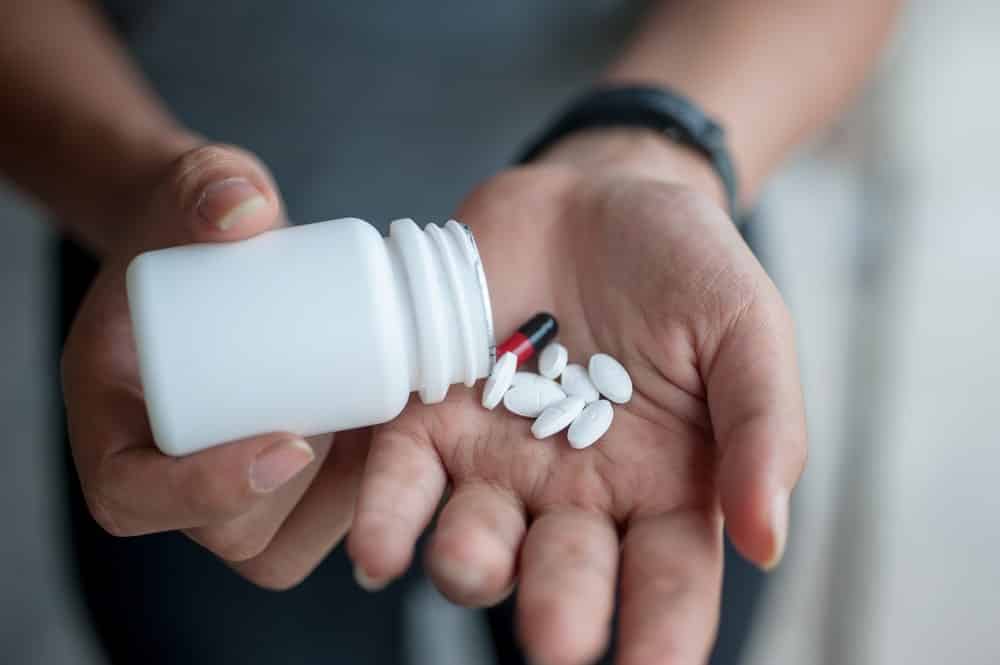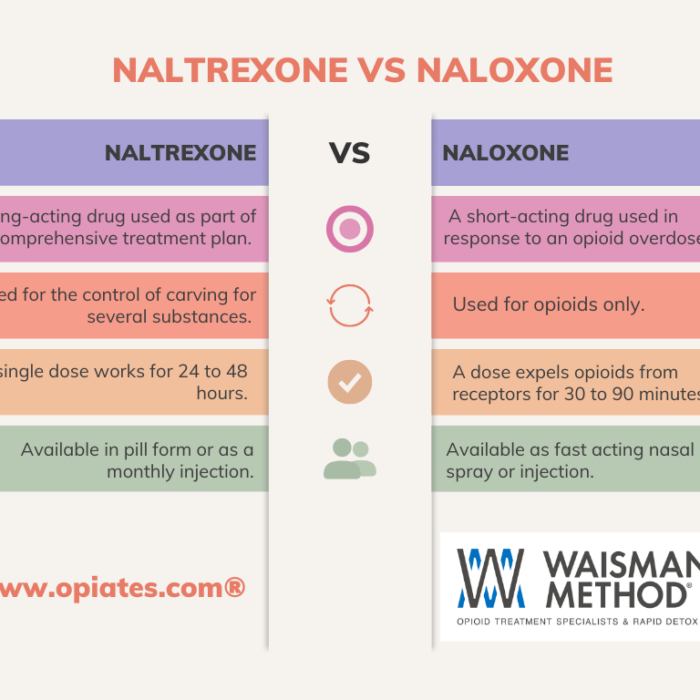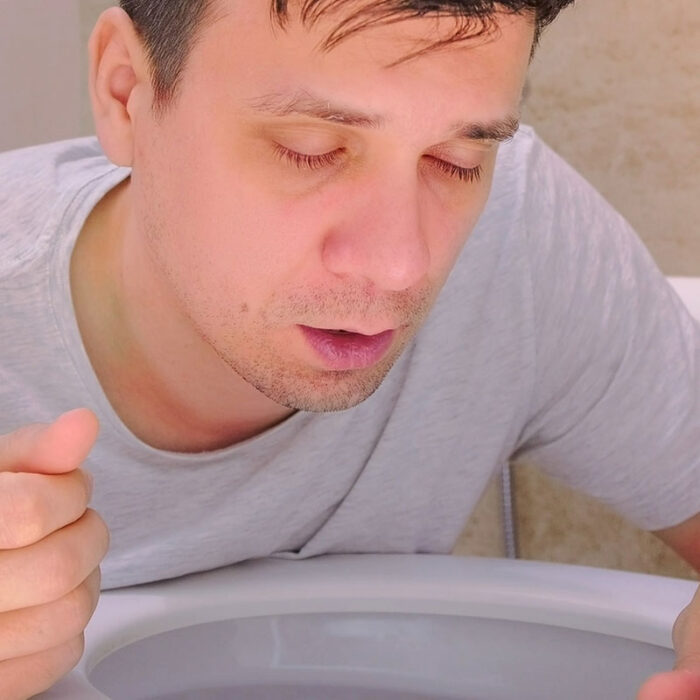Acknowledging the need for substance abuse treatment is challenging for most people struggling with drug addiction or drug dependence, and finding reputable, appropriate treatment options is hard work, too. Making things even more difficult is the amount of misinformation about drug addiction and detox treatments, which can keep people from understanding their options and getting the help they need.
Waismann Method® has specialized in rapid detoxification and substance abuse treatment for over 20 years. They have educated and treated thousands of patients and their families about their opioid detox treatment options. Here, they help debunk common myths about addiction and drug abuse treatment so that people can gain a better understanding of addiction recovery.
1. Opioid Withdrawal Is Not Dangerous
Stopping use of opiates by going cold turkey is usually an unsuccessful and dangerous method of trying to end opioid dependence or addiction. Opiate withdrawal symptoms can be painful, uncomfortable and even fatal, so it’s much safer and more effective to work on detoxification and recovery with a professional opiate addiction treatment center.
Some of the most notable and dangerous opioid withdrawal symptoms include:
- Anxiety
- Dehydration
- High blood pressure
- Increased heart rate, which can lead to a heart attack or stroke
- Insomnia
- Nausea
- Vomiting
As you research detox treatment options for yourself or your loved one, look for a provider whose team has the medical credentials, experience and resources to provide appropriate, comprehensive care for someone experiencing these withdrawal symptoms.

2. All Substance Abuse Treatment Methods Are the Same
Substance abuse treatment methods vary across providers, philosophies, medical technologies and more, which means you have a lot of options to consider before choosing one that is right for you. Some substance abuse treatment programs or rehabilitation centers have highly structured or cookie-cutter methods in which almost everyone follows the same general course of treatment. Other drug dependence and addiction treatment plans can be tailored to an individual’s specific needs. Successful rehabilitation often includes medical, behavioral, and psychological components of a comprehensive treatment plan.
Some of the most common substance abuse treatments include:
Anesthesia-Assisted Rapid Detox
Fear of experiencing painful withdrawal symptoms can prevent some people from getting help, which is why rapid detox can be an appealing and successful way to overcome drug addiction or dependence. The process rapidly induces and speeds up the detoxification phase while the patient is sedated, reducing the duration of withdrawal from days to a couple of hours.
Sedation helps block the most difficult phase of the withdrawal symptoms. After waking up, patients have no memory of those withdrawal symptoms, and their brain receptors are free of opioids, so they will no longer have physical cravings. Waismann Method® pioneered superior protocols for conducting rapid detox in a private, accredited hospital and has nearly a 100% success rate.
Medically Assisted Detox
It’s possible to undergo rapid detox without anesthesia. Although anesthesia helps make patient more comfortable while going through withdrawal and can shorten the withdrawal phase, some patients are not candidates for anesthesia-assisted detox due to health risks or personal preferences. In a medically assisted detox program, highly qualified medical staff administer medications to patients to make withdrawal symptoms more manageable.
Waismann Method®, for example, often uses Naltrexone to curb cravings and substantially reduce the risk of relapse. This medication, combined with 24/7 medical attention, can help users manage their detox process over the course of about seven days.
Long-Term Residential Treatment
After opiate or heroin detox, some patients are then transferred to a long-term residential rehabilitation center for the rest of their substance abuse treatment. These long-term programs can last anywhere from six to 12 months and typically include group therapy, individual therapy, behavioral therapy, medical supervision and more.
Short-Term Residential Treatment
Short-term residential treatment is similar to long-term residential treatment, but it takes place over three to six months instead. This type of program is designed for people who can’t take time to go to a longer program or who don’t require the extended treatment.
Additionally, there are some treatment plans that include short-term, post-detox aftercare lasting days or weeks instead of months. For example, when patients go through rapid detox with Waismann Method’s medical team, the supervising physician will discharge the patient to Waismann Method’s Domus Retreat, an exclusive recovery center where patients readjust after detox with support from therapists and other staff. Patients typically only need a few days, not many months, at this recovery center, and it specializes in individualized care with no group therapy or other group requirements associated with some long-term residential treatments or rehabilitation centers.
Outpatient Treatment
Outpatient substance abuse treatment allows people to stay in their own homes or at a designated living facility while they undergo treatment. This option offers flexibility so that the person can go to work or school and attend their treatment or therapy in the evenings or on weekends, making it easier to continue recovery without putting the rest of their life on hold for an extended period.
A qualified medical practitioner or detoxification specialist can help recommend the course of action that is best for you or your loved one.
 .
.
3. All People Abusing Drugs Are Addicted
Most people who use opioids become dependent to some degree, but not all people who are dependent become addicted. The difference between drug abuse, drug dependence and drug addiction is:
- Drug abuse refers to when a drug is used outside of its intended purpose, such as when painkillers are used to get high rather than to absolve pain.
- Drug dependence is when a person’s brain becomes dependent on a certain drug and can only function properly in the presence of that drug or to avoid withdrawal.
- Drug addiction is a chronic disease in the brain when a person has virtually no control over whether they can abstain from using a drug and it affects every aspect of that person’s life, including their social relationships, professional obligations, familial relationships and more. Addiction is also characterized by negative behavior associated with and stemming from chronic, prolonged exposure to the drug, such as poor decision-making, engaging in high-risk or dangerous activities, lying and stealing.
Waismann Method’s approach to detox treatment can be tailored to address a person’s specific level of drug use or misuse, various types of substances or combinations of substances, and other needs unique to each patient.
4. Addiction Is a Choice
It’s untrue and inaccurate to say someone deliberately chooses to become addicted to drugs. Prolonged drug abuse and exposure to opioids, for example, has a direct effect on brain function, so someone who is addicted to a substance has impaired decision-making ability.
A person’s initial choice to try a drug or follow a prescription from a doctor and any subsequent choice to misuse or abuse that drug does not make that person addicted to that drug. Addiction is a fundamental shift in a person’s brain chemistry, similar to other mental health disorders, and should be treated as a medical condition.
5. Addiction Is a Lifelong Condition
For some people, addiction can become a lifelong struggle, and keeping relapse at bay can require work and attention throughout a person’s life. But addiction does not have to be a person’s lifelong condition or state because there are many substance abuse treatment options that can help a person detox and stay sober.
Waismann Method’s rapid detox treatment, for example, dramatically increases a person’s chances or overcoming drug dependence or drug addiction for the long term because it significantly reduces the amount and duration of withdrawal and includes aftercare with medical support and therapy.
Addiction isn’t a character flaw or a type of person. It is a neurological condition that affects a person’s brain chemistry. The person and the condition are separate; the person needs to be treated humanely, and the condition needs to be treated medically.
6. Treatment Should Involve Suffering
Drug withdrawal symptoms can be painful, but a person does not have to suffer through this difficult phase in order to detox and overcome dependence or addiction. Rapid detox centers can expedite the detox process while the patient is sedated so that their experience with withdrawal is managed while under anesthesia. This enables the patient to have the opioid flushed from their body so that they can wake up with no memory of their withdrawal symptoms and no continuing physiological dependence on the drug.
After detox, Waismann Method®’s aftercare focuses on helping a person transition physically and emotionally to no longer being dependent or addicted to an opioid or other substance. Their team provides medical and psychological therapy to manage the patient’s comfort and transition during this time.
7. Relapse Is Part of Recovery
Some people relapse after going through detox; however, not everyone does, and relapse does not have to be an expected part of recovery. Successful substance abuse treatment programs address not only the symptoms of physical drug dependence but also the physical and psychological issues that are the root causes of the problem. For example, Waismann Method post-detox therapy addresses questions such as why the patient misused an opioid, what factors trigger a desire to self-medicate, and other patient-specific concerns to help the person manage underlying issues with safe medication, behavioral therapy, or other forms of therapy. This approach enables the patient and their support system to reduce the risk of relapse.
Opioid addiction affects many families around the world, and having an accurate understanding of drug addiction and substance abuse treatment options is crucial to matching people with the right treatments for them. For more answers to your substance abuse treatment questions, you can contact a rapid detox specialist at Waismann Method who can help you gain the clarity and assistance you need.
Published on January 24, 2019
Reviewed by Clare Waismann, CATC, Founder of Waismann Method® Advanced Treatment for Opiate Dependence
All topics for the Opiates.com blog are selected and written based on high standards of editorial quality, including cited sources. Each article is reviewed by Clare Waismann, CATC and founder of Waismann Method®, for accuracy, credibility and relevancy to the audience. Clare Waismann is an authority and expert on medical detoxification, opioid use disorder, substance dependence, detoxification treatments, detox recovery, and other topics covered on the Opiates.com blog. Some articles are additionally reviewed by one of Waismann Method®’s specialists, depending on their field of expertise. For additional information and disclaimers regarding third-party sources and content for informational purposes only, please see our Terms of Service.
















